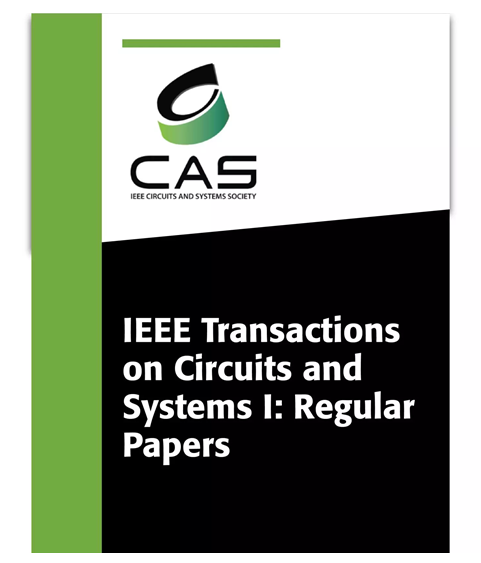ZDD: A Zero Delay Deviation Variability-Aware Golden Free Hardware Trojan Detection Using Physical Unclonable Function
IF 5.2
1区 工程技术
Q1 ENGINEERING, ELECTRICAL & ELECTRONIC
IEEE Transactions on Circuits and Systems I: Regular Papers
Pub Date : 2025-04-22
DOI:10.1109/TCSI.2025.3559805
引用次数: 0
Abstract
Hardware Trojan detection through side-channel analysis in physical chips is very challenging due to the presence of manufacturing process variations. Numerous Trojan detection approaches are in the literature. However, most of them are limited to netlist level identification and unable to explain the process variation issue in post-silicon chips. In this work, we propose a new detection technique with delay side-channel analysis that can detect all types of Trojans under the presence of high process variations. The technique is termed as zero delay deviation (ZDD) that is capable of diminishing the effect of all variations and other noise sources to identify the Trojan presence in chips. The ZDD approach is achieved by 1) a novel equal-delay circuit partitioning, 2) placing a highly secured camouflaged ring oscillator PUF per partition to generate equal-delay challenge-response pairs that delivers the knowledge of variation trends, 3) generating Identical Delay (ID) neighboring pairs for both, partitions and PUF designs that ensure nullifying the variation effects upon comparing them. The ZDD is examined through an intra-referencing of ID pairs with PUF-RD pairs in ISCAS’85 and 89 benchmarks. 10,000 virtual chips are generated by Monte Carlo simulation considering all physical characteristics of a real chip. Results demonstrate that the proposed approach can successfully detect Trojans even if it consists of a single gate. A comparison to the state-of-the-art shows the method superiority over others.基于物理不可克隆功能的零延迟偏差可变性感知金free硬件木马检测
由于存在制造工艺变化,通过物理芯片中的侧信道分析进行硬件木马检测非常具有挑战性。文献中有许多特洛伊木马检测方法。然而,它们大多局限于网表级别的识别,无法解释后硅芯片中的工艺变化问题。在这项工作中,我们提出了一种具有延迟侧信道分析的新检测技术,可以在存在高进程变化的情况下检测所有类型的木马。该技术被称为零延迟偏差(ZDD),能够减少所有变化和其他噪声源的影响,以识别芯片中的木马存在。ZDD方法是通过1)一种新颖的等延迟电路分区实现的,2)在每个分区放置一个高度安全的伪装环形振荡器PUF,以生成等延迟挑战响应对,提供变化趋势的知识,3)为分区和PUF设计生成相同的延迟(ID)相邻对,确保在比较它们时消除变化影响。ZDD通过ISCAS ' 85和89基准中的ID对与PUF-RD对的内部引用来检查。考虑到一个真实芯片的所有物理特性,通过蒙特卡罗模拟生成了10000个虚拟芯片。结果表明,该方法即使只有一个门,也能成功检测到木马。与最先进的技术相比,这种方法比其他方法优越。
本文章由计算机程序翻译,如有差异,请以英文原文为准。
求助全文
约1分钟内获得全文
求助全文
来源期刊
CiteScore
9.80
自引率
11.80%
发文量
441
审稿时长
2 months
期刊介绍:
TCAS I publishes regular papers in the field specified by the theory, analysis, design, and practical implementations of circuits, and the application of circuit techniques to systems and to signal processing. Included is the whole spectrum from basic scientific theory to industrial applications. The field of interest covered includes: - Circuits: Analog, Digital and Mixed Signal Circuits and Systems - Nonlinear Circuits and Systems, Integrated Sensors, MEMS and Systems on Chip, Nanoscale Circuits and Systems, Optoelectronic - Circuits and Systems, Power Electronics and Systems - Software for Analog-and-Logic Circuits and Systems - Control aspects of Circuits and Systems.

 求助内容:
求助内容: 应助结果提醒方式:
应助结果提醒方式:


